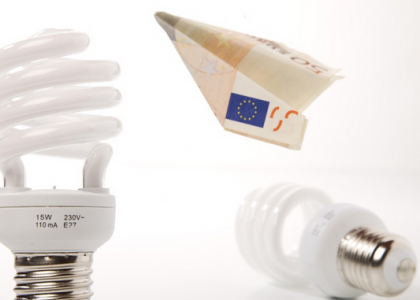Want the Cheapest Electricity Plan Without Lifting a Finger? Here’s What You Need to Know First
Let’s face it. Shifting through dozens of energy providers every month just to save a few bucks feels like a full-time job. And unless you’ve got a spreadsheet obsession or an hour to spare on the 15th of each month, you’re probably over it. But here’s the thing: What if you didn’t have to do any of it? Some services are now offering to do the switching for you automatically, always getting you the cheapest electricity plan available based on your usage.
The Truth About Those “Set-It-and-Forget-It” ServicesEveryone wants the cheapest electricity plan without some sketchy middlemen with shady fine print. Aggregator services, as they’re often called, actually monitor available energy rates for you. Think of it like hiring a personal assistant who only cares about trimming your electricity bill. They analyze real-time data, cancel your current plan, and switch you to a cheaper one, all without you making a single phone call. You don’t need to be tech-savvy. These platforms are built for people who have better things to do than play “rate roulette” every month.
So, What’s the Catch?There is a fee. Most charge a monthly or annual subscription. But many folks shrug it off once they see the savings roll in. One guy I know in Dallas saved enough in six months to buy a new microwave, not a fancy one, but still, not bad for doing absolutely nothing. There’s also the matter of control. If you like picking your own provider or sticking with a big-name company, this might not be for you. The service does the choosing. That said, some allow you to set preferences, like avoiding prepaid plans or providers you’ve had beef with in the past.
Is It Safe to Let a Service Handle Your Energy Plan?Generally, yes. These companies aren’t signing you up for anything shady. They use your information to find a better rate, and then handle the switch directly through official provider portals. Still, check their terms. Some may lock you into annual commitments. Others operate monthly with the option to cancel anytime. Also, watch for services that profit off referrals or commissions from certain providers. If they’re only picking from a limited menu, you might not be getting the actual cheapest plan.
It Is Good for Busy People, Bad for Control FreaksIf you’re busy juggling work, and kids, or just want fewer bills to worry …


